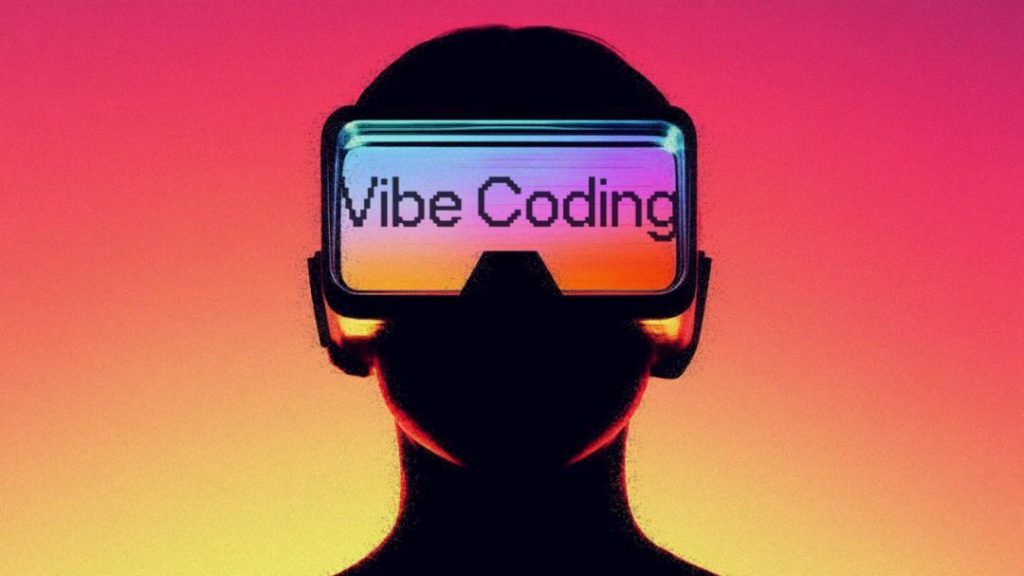
What is Vibe Coding and Why is it Trending?
In recent years, the software development landscape has witnessed a significant shift towards AI-driven creation, and Vibe coding is at the forefront of this revolution. Coined by Andrej Karpathy, a renowned computer scientist, Vibe coding refers to the use of natural language prompts to create software, bypassing traditional manual coding methods. This innovative approach has sparked widespread interest, with tools like Copilot and Devika enabling users to build applications quickly and efficiently. As Vibe coding gains popularity, it’s essential to understand what it entails, its benefits, and the concerns surrounding its adoption.
What is Vibe Coding?
Vibe coding involves using natural language prompts to generate code, often referred to as “code completion” or “AI-assisted coding.” This process allows developers to convey their intent to the system, which then generates the necessary code to achieve the desired outcome. The focus is on clarity of intent rather than syntax, making it an attractive option for those who struggle with coding or want to reduce development time.
To illustrate this concept, imagine you’re building a simple calculator app. Instead of manually writing the code for addition, subtraction, multiplication, and division, you provide a natural language prompt, such as “Create a calculator that adds two numbers.” The AI-powered tool would then generate the necessary code for you.
Tools and Platforms
Several tools and platforms have emerged to facilitate Vibe coding, including:
- Copilot: A collaboration tool developed by GitHub that uses AI to suggest code completions and generate code based on natural language prompts.
- Devika: A platform that allows users to write code using natural language prompts, with features like syntax highlighting and code completion.
These tools have been instrumental in popularizing Vibe coding, making it more accessible to developers of all skill levels.
Benefits
Vibe coding offers several benefits, including:
- Increased Productivity: With Vibe coding, developers can focus on the high-level logic of their application, reducing the time spent on manual coding.
- Simplified Development: The use of natural language prompts simplifies the development process, making it more accessible to those without extensive coding experience.
- Improved Code Quality: Vibe coding tools can help reduce errors and improve code quality by providing suggestions and corrections.
Concerns and Limitations
While Vibe coding has the potential to revolutionize software development, it also raises concerns about:
- Security: The use of AI-generated code raises questions about security vulnerabilities and potential backdoors.
- Code Quality: The quality of AI-generated code may not always meet the standards of human-written code, potentially leading to errors and bugs.
- Dependence on AI: Relying too heavily on AI-generated code may lead to a lack of understanding of the underlying codebase, making maintenance and updates more challenging.
The Future of Software Development
Vibe coding is poised to change the landscape of software development, with its focus on clarity of intent and natural language prompts. As the technology continues to evolve, it’s essential to address the concerns and limitations surrounding its adoption.
In conclusion, Vibe coding is a game-changer in the world of software development, offering increased productivity, simplified development, and improved code quality. While it’s not without its concerns, the benefits of Vibe coding make it an exciting development in the tech industry.
Source:
https://ascendants.in/industry_events/vibe-coding-future-of-software/






